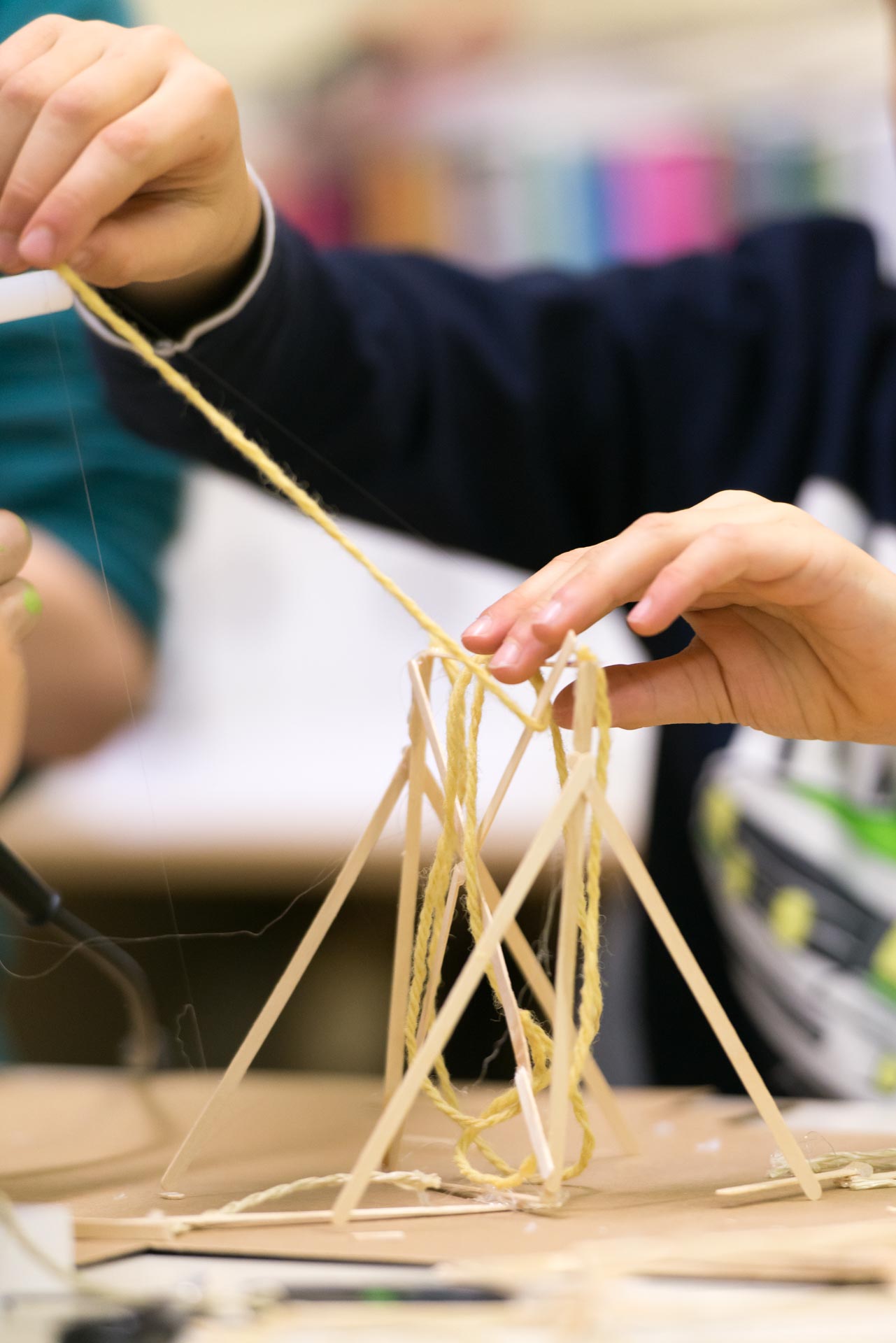|
are among the basic requirements for quality green space design. Green spaces need to be planned where people live and be publicly accessible, if they are to be used as environments to promote physical activity. In planning practice, this means that the types of green spaces (parks, playgrounds, promenades, sports fields, etc.) are in accessible locations, adequately equipped, safe, adapted to all users and respectful to the local environment.
In this context, the project will address three interlinked aspects:
-
accessibility of the green space areas (connected to planning and municipal plan),
-
demographic aspects of accessibility of green spaces for all potential users in the local environment, for current and future prognosis,
-
the accessibility and safety of green spaces and recreational areas for all users.
The work on this topic will result in stressing criteria/indicators for analysing the potential users of green spaces, assessing the accessibility of different types of green spaces. The project pilot area will be used for the illustration of all three aspects of green spaces accessibility.
|
 Foto: © Blaž Jamšek, Fotoarhiv UIRS, Human Cities, 2016. Foto: © Blaž Jamšek, Fotoarhiv UIRS, Human Cities, 2016.
|